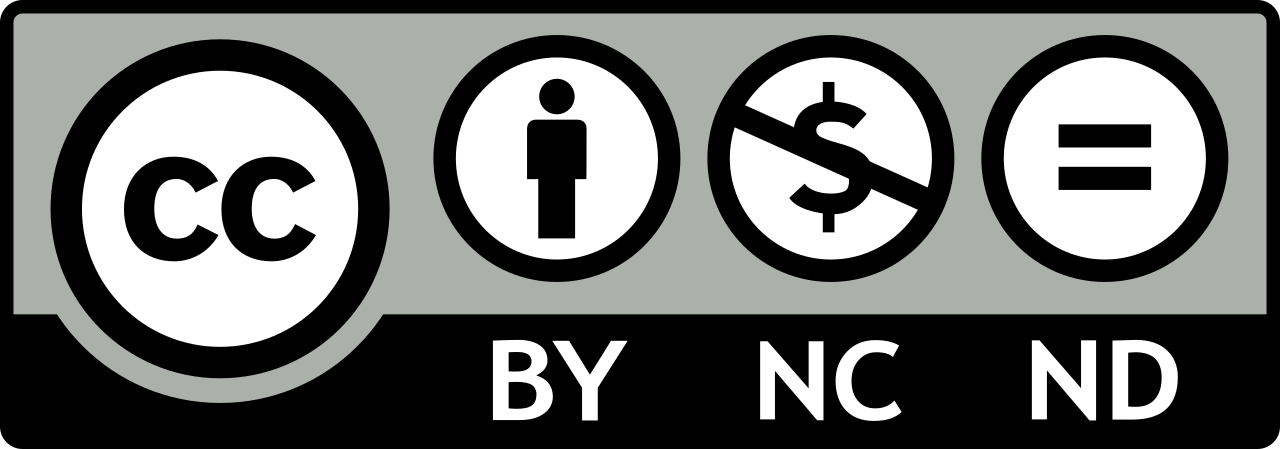Published:
June 2023
Issue:
Vol.18, No.1
Word count:
260
About the creator
-
PhD (candidate), MRes, MA ATh, BA Visual Arts (Hons), AThR
Jo is a practicing artist and registered arts therapist with a particular interest in resilience, capacity building, and mental health and well-being in the context of disaster recovery in communities. Jo supports people to build connections with themselves, others and the environment using creative processes, and works with children and their parents or carers to use art as a means of developing a deeper understanding of body-based somatic practices and emotional expression. Jo is currently a sessional staff member of the Master of Art Therapy program at Western Sydney University and is currently working towards a PhD using a creative, relational research methodology to look at the community experience of the 2019/ 20 bushfires in NSW.
This work is published in JoCAT and licensed under a CC BY-NC-ND-4.0 license.
-
Davies, J. (2023). Sponge, ink, snow, and hand. JoCAT, 18(1). https://www.jocat-online.org/c-23-davies
Sponge, ink, snow, and hand
Jo Davies
Jo Davies, Sponge, ink, snow, and hand, 2022, Photographic giclee print, 210 × 280mm.
Creative arts therapist statement
This image is created outside in my garden showing the entanglement of paper, some water-based coloured inks, snow, a sea sponge, and my handprint. While this work might generally be described as ephemeral due to its transitory nature, it offered an opportunity to value the practice of art as a modality of reflecting on such temporality by thinking, feeling and being with the intra-actions there (Konturri, 2018).
Early in the making process, the inks freeze into the sponge; when I apply the pressure of my hand onto the sponge to create a handprint, the movement of the ink is forced through to the snow and the paper, making a satisfying crunching sound. As the weather shifts and changes, the coloured snow and ice gently melt into the paper and surrounding grass, so that by the end of the week there is only a round and surprisingly pink stain from the ink remaining on the slightly tattered paper. The sponge has blown across the garden, no longer held in place by the snow and ice, and all other traces of the work have apparently dissolved. However, the pigments of the inks have not disappeared, they have just moved elsewhere, entering the pores of my skin each time I use my hand to crush the sponge, and through the porous surface of the earth as the snow melts. I make a point of noticing how the art works (Hickey-Moody et al., 2016), and how it unfurls as the materials, and I move together into the world (Konturri, 2018).
References:
Hickey-Moody, A., Palmer, H., & Sayers, E. (2016). Diffractive pedagogies: Dancing across new materialist imaginaries. Gender and Education, 28(2), 213–229. https://doi:10.1080/09540253.2016.1140723.2016
Kontturi, K.K. (2018). Ways of following: Art, materiality, collaboration (p.271). Open Humanities Press.

